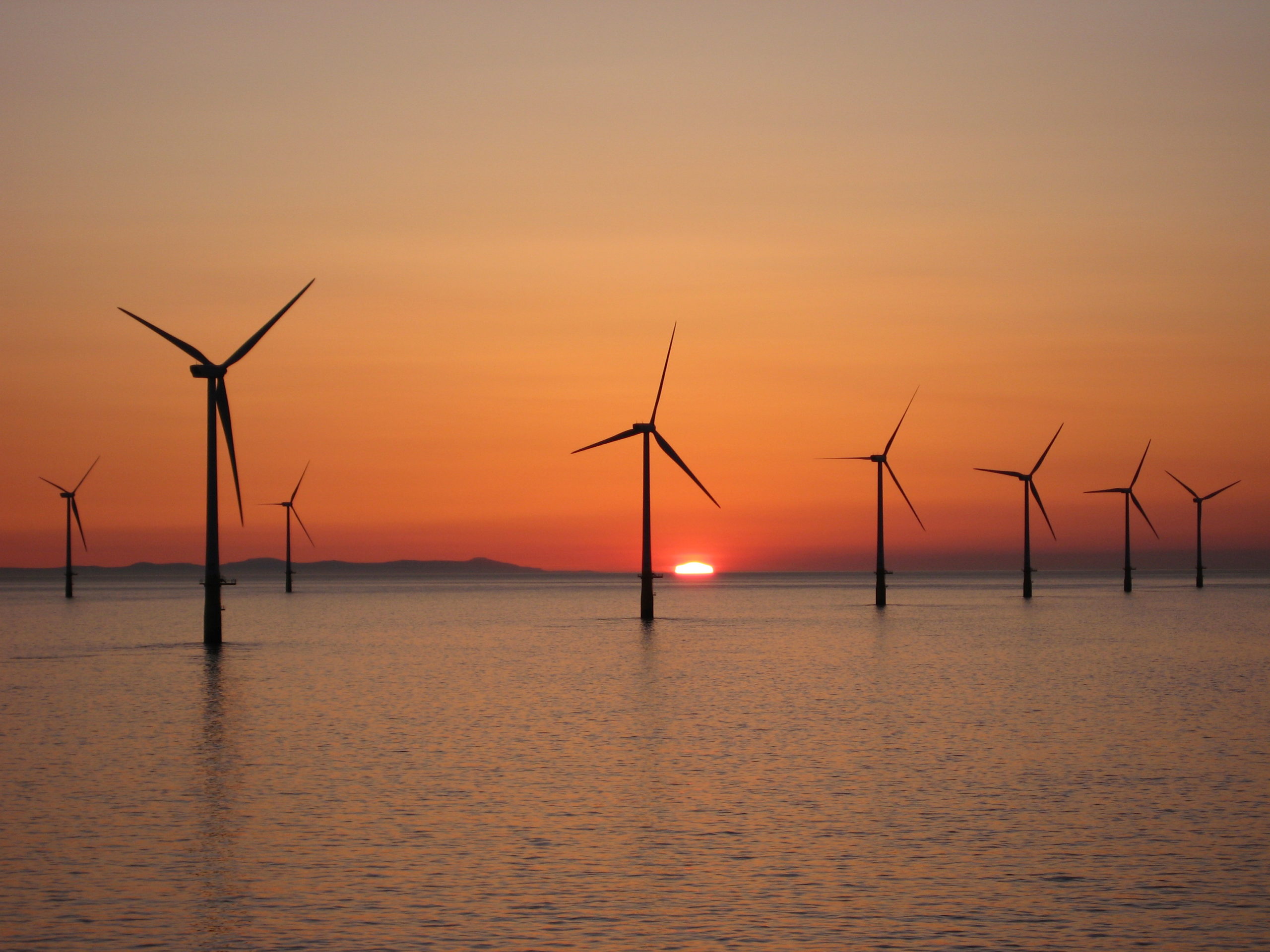Contact Us
Tuesday 1st November 2022 | Blog written by James Rygate, Route Engineer

We’ve recently seen how offshore renewable energy is rapidly expanding, with some notable developments now moving ahead off the east coast of the US and in Western Europe.
Several projects we have supported have wrestled with how close to existing infrastructure they plan their cables and turbines, and ways to design cable routes which satisfy the owners of existing infrastructure and those new developers.
This experience inspired us here at OceanIQ to create a white paper to explore the key considerations posed by the installation and maintenance of export and inter-array cables, and how they interact with existing seabed infrastructure such as telecommunications cables.
While there are numerous existing guidelines published by the likes of the European Subsea Cables Association (ESCA), International Cable Protection Committee (ICPC) and The Crown Estate (TCE), OceanIQ wanted to bring this knowledge together with some of our ideas to raise awareness of how to help facilitate safe access for construction and maintenance operations.
The white paper provides worked examples on proximity and setback calculations when conducting a repair near to wind turbine generators and how the capabilities of the vessel carrying out the work can influence the results.
Examples are given for export cable separation, including the use of anchor placement zones for situations where the installation or repair vessel uses a mooring system for positioning.
We show a solution for reducing the number of cable crossing points and detail some of the materials that can be used for cable crossing designs.
The final part of the white paper explores the future of offshore wind, focussing on floating installations and the advent of HVDC export cables and the new challenges they bring.
As part of Global Marine Group, OceanIQ are members of ICPC and ESCA and contribute to industry guidance documents on this subject. Our hope is that the paper provides readers with a useful insight into the work we do and how it might help others to solve similar issues on their projects.
